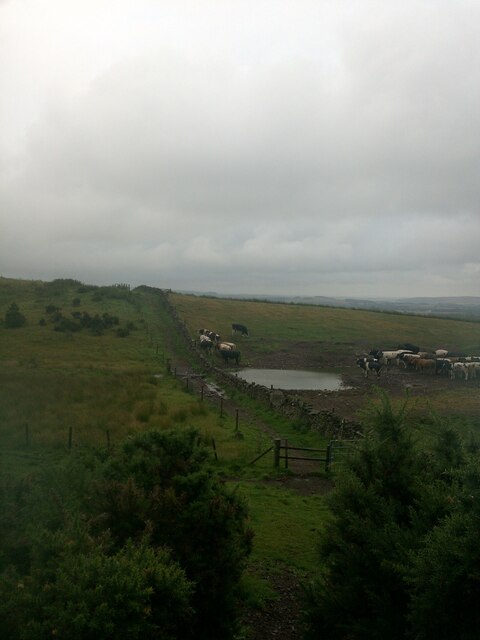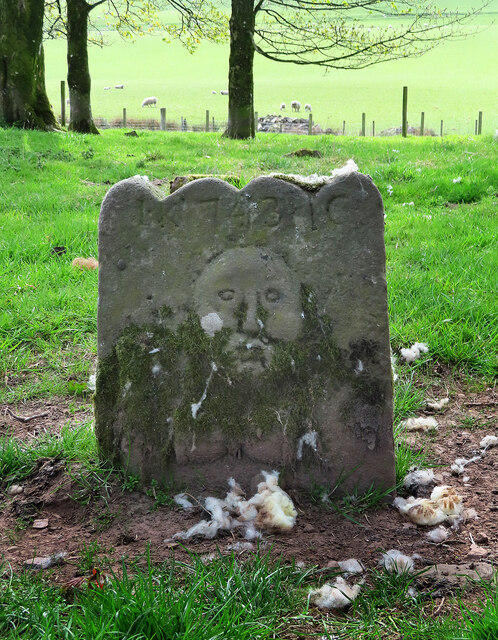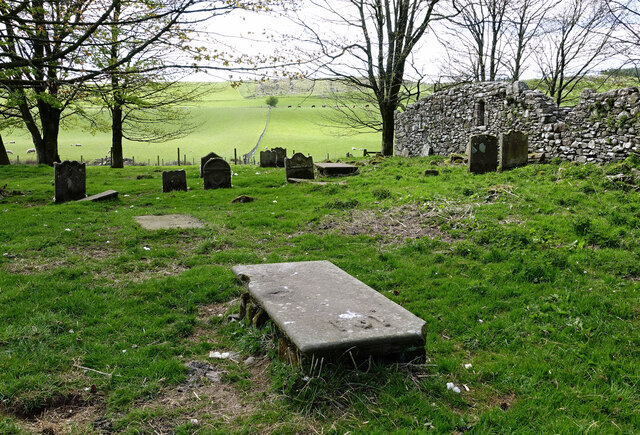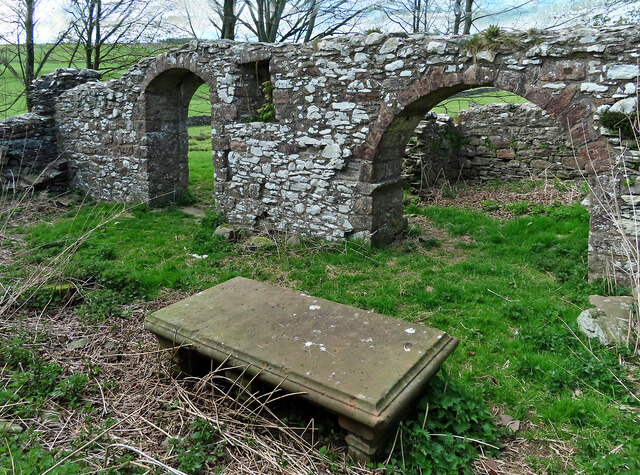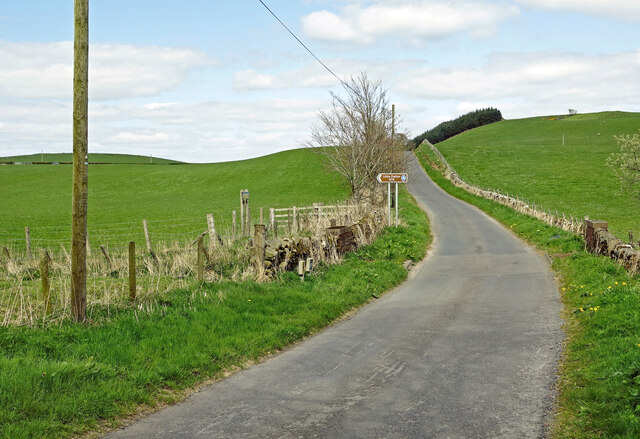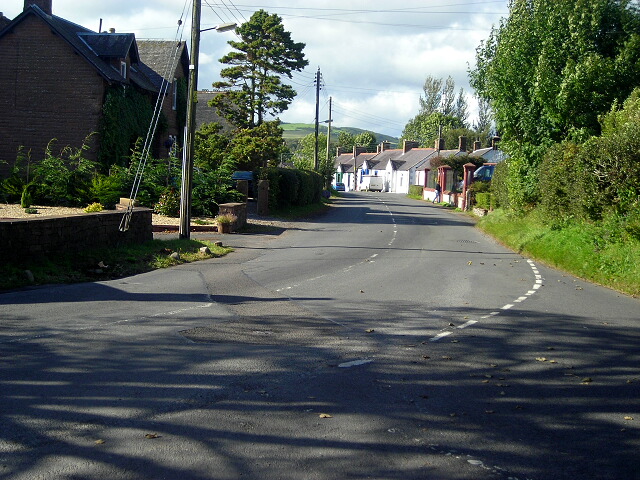Almagill Hill
Hill, Mountain in Dumfriesshire
Scotland
Almagill Hill
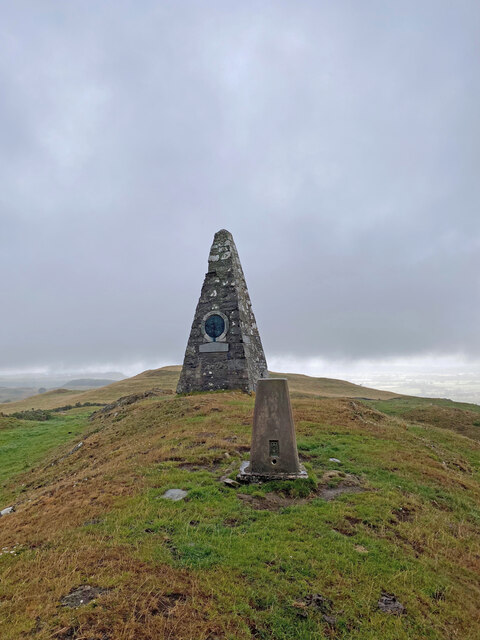
Almagill Hill, located in Dumfriesshire, Scotland, is a prominent hill that offers breathtaking views and is a popular destination for hikers and nature enthusiasts. Standing at an elevation of approximately 557 meters (1,827 feet), it is considered a hill rather than a mountain.
The hill is characterized by its distinct rounded shape and is part of the Southern Uplands range. It is covered in a mixture of heather, grass, and scattered shrubs, creating a picturesque landscape that changes with the seasons. The terrain is moderately steep, making it suitable for individuals with a reasonable level of fitness.
Hikers can access Almagill Hill by following well-defined paths that lead to the summit. The ascent takes approximately 2-3 hours, depending on the chosen route and individual pace. Along the way, visitors can spot various species of birds, including red grouse, pheasants, and occasionally golden eagles soaring above.
Reaching the top of Almagill Hill rewards hikers with panoramic views of the surrounding countryside. On clear days, it is possible to see as far as the Solway Firth and the hills of Cumbria in England. The hill is also an excellent spot for stargazing due to its remote location, away from light pollution.
Overall, Almagill Hill offers a satisfying hiking experience for those seeking a moderate challenge and a chance to immerse themselves in the natural beauty of Dumfriesshire's countryside.
If you have any feedback on the listing, please let us know in the comments section below.
Almagill Hill Images
Images are sourced within 2km of 55.068105/-3.4275357 or Grid Reference NY0875. Thanks to Geograph Open Source API. All images are credited.
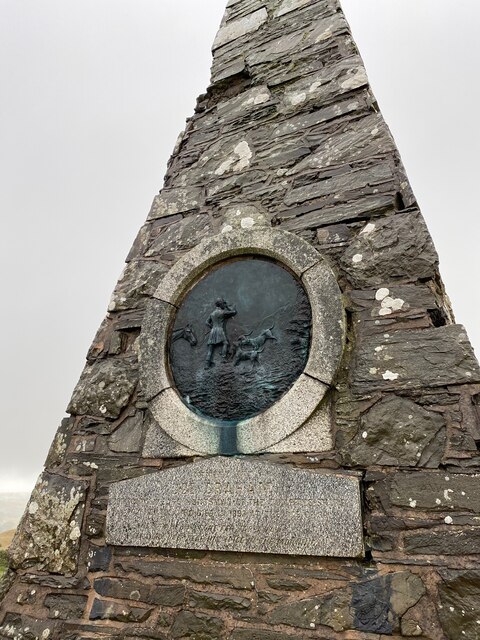
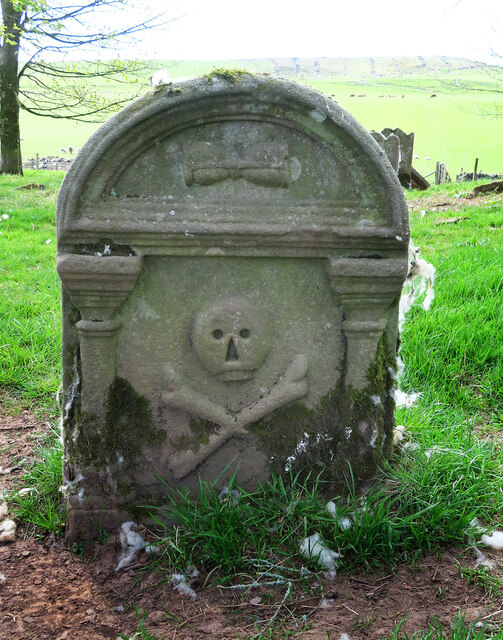
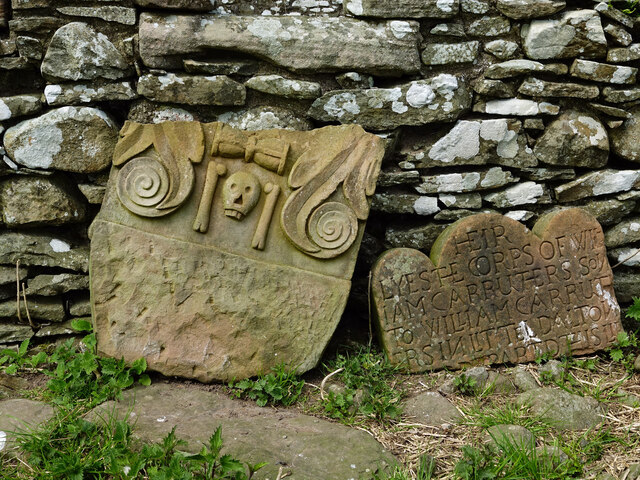

Almagill Hill is located at Grid Ref: NY0875 (Lat: 55.068105, Lng: -3.4275357)
Unitary Authority: Dumfries and Galloway
Police Authority: Dumfries and Galloway
What 3 Words
///activity.madder.scornful. Near Lochmaben, Dumfries & Galloway
Nearby Locations
Related Wikis
Dalton, Dumfries and Galloway
The village of Dalton is a small settlement about 10 miles (16 km) southeast of Dumfries and 4 miles (6.4 km) south of Lockerbie, in Dumfries and Galloway...
Rockhall Tower
Rockhall Tower, also known as Rockhall House or Rockhall Tower House, is a 16th-century tower house in Collin, Dumfries and Galloway. The castle originally...
Carrutherstown
Carrutherstown is a village in the civil parish of Dalton, in Dumfries and Galloway, Scotland. It is about 9 miles (14 km) east of Dumfries. == Demographics... ==
Heck, Dumfries and Galloway
Heck is a hamlet in the local government area of Dumfries and Galloway, Scotland. Heck is 2 miles (3.2 km) southeast of the town of Lochmaben and is 1...
Nearby Amenities
Located within 500m of 55.068105,-3.4275357Have you been to Almagill Hill?
Leave your review of Almagill Hill below (or comments, questions and feedback).
